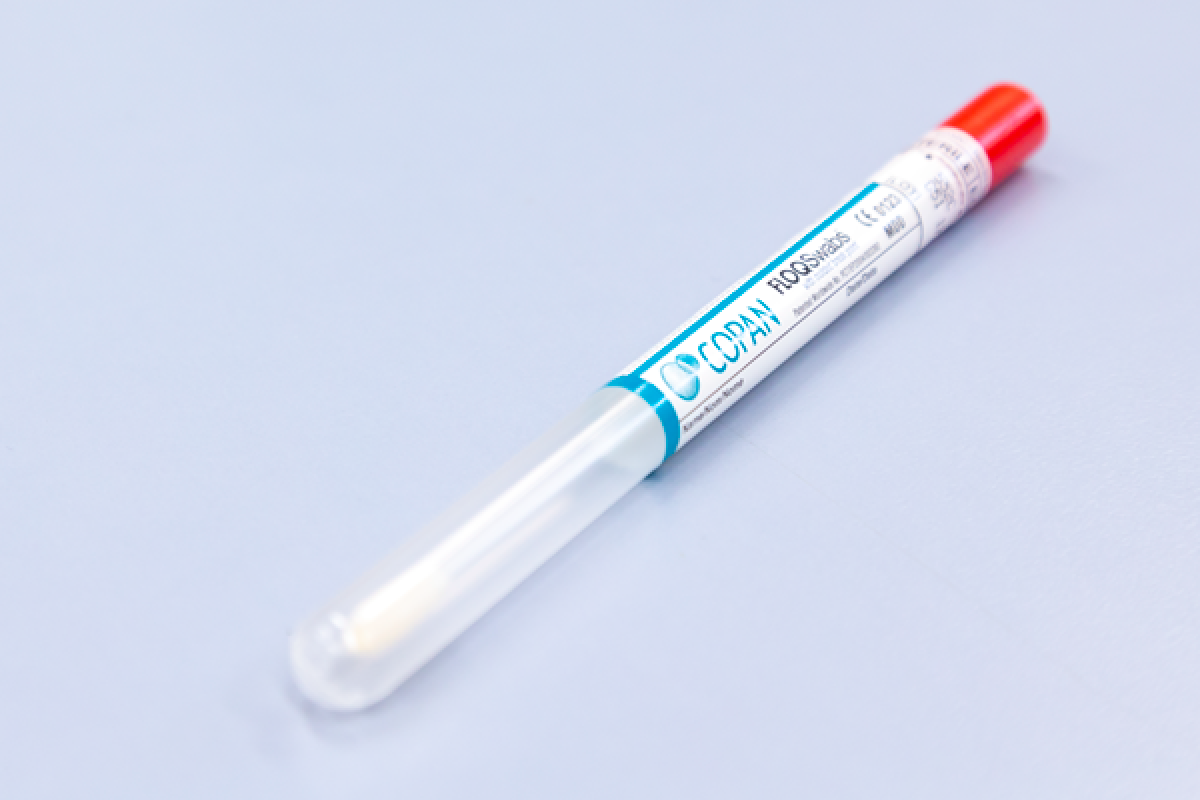Anna is part of a team working on a body of work called He Tapu Te Whare Tangata - the sacred house of humanity. Whare tangata is a Māori term that refers to the womb (the neck of which is the cervix) and to Māori women
Anna Adcock (Ngāti Mutunga) grew up in Christchurch and now lives in beautiful coastal Wellington. She is a researcher and PhD student.
At Te Tātai Hauora o Hine – Centre for Women’s Health Research, Victoria University of Wellington, Anna works in women’s and maternal health. Her main focus is Māori women’s and whānau health and wellbeing.
Anna is part of a team working on a body of work called He Tapu Te Whare Tangata - the sacred house of humanity. Whare tangata is a Māori term that refers to the womb (the neck of which is the cervix) and to Māori women. Hence this work aims to protect Māori women and their cervical health. The cervix is protected through regular cervical screening.
Our cervical screening programme is failing Māori women, says Anna. Māori women are less likely to attend cervical screening and more likely to be diagnosed with, and die from cervical cancer than New Zealand European women.
The human papilloma virus (HPV) causes nearly all cervical cancers. New technology means that we can now screen for the HPV virus. HPV screening is more effective than the cervical smear at detecting pre-cancerous changes on the cervix and preventing cervical cancer.
This new technology means self-screening is possible, so women can self-test using a vaginal swab. Self-screening allows women to do their own tests in a clinic bathroom, at home, or anywhere they feel comfortable.

The Cancer Society grant enables Anna and her team to undertake qualitative research examining the clinical care pathway for under-screened women who have been offered the HPV self-test. It is part of a large Health Research Council-funded trial in Te Tai Tokerau (Northland).
It involves talking to under-screened women and clinicians about the HPV self-test and any barriers or facilitators to this new care pathway. They are gaining insights into women’s experiences of the self-test that the larger trial wasn’t able to capture.
Reaching more under-screened Māori women by eliminating barriers to screening is central to the research.
The self-test swab is very easy to use. A vaginal sample is taken on a cotton swab, put back in the tube, and then the clinic sends it to the lab like they do with smear samples.
Self-testing is currently not available as part of the National Cervical Screening Programme. Anna’s research has already shown that the women find self-tests much easier to use.
“They like it because it gives them autonomy over their own bodies.”
“We are able to find out why wāhine are making decisions to be screened or not and understand some of the barriers they are experiencing.”
The research will have an influence on policy. It has already shown that women need more time in the colposcopy clinics. This information has been passed to the National Screening Unit at the Ministry of Health, who Anna’s team works closely with.
“Information we collect from this research will be used to inform changes to the National Cervical Screening Programme,” says Anna.
“Giving access to self-screening is a game changer for women, and especially for wāhine Māori.”
Unfortunately, changes to the screening programme that would have introduced HPV screening, have been delayed. This means women are missing out on an important but simple tool that will save lives.

